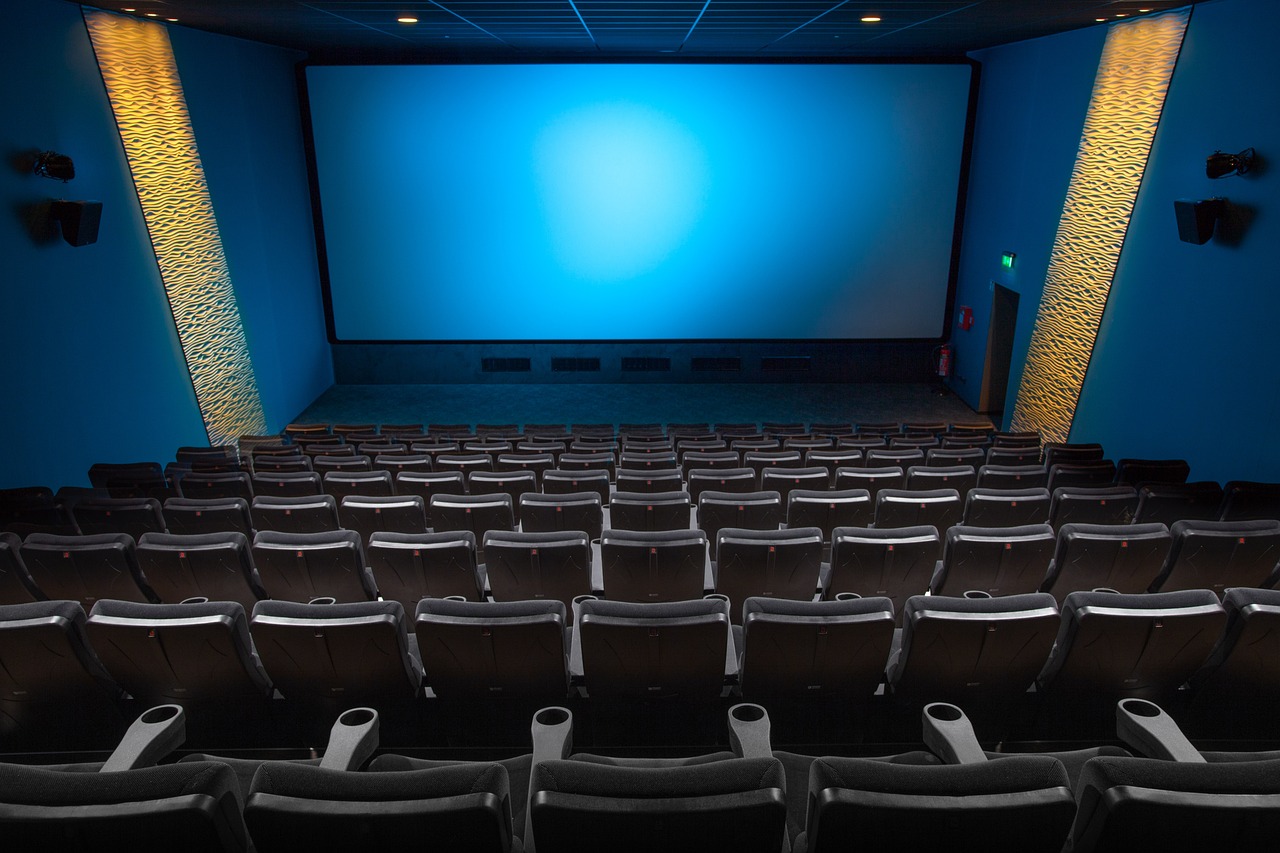Subverting the Norm: The Unexpected Rise of Slow Cinema
Introduction: Slow Cinema is the rebellious child of the film industry, defying the conventional pace of mainstream cinema. This article delves into the roots, the current state, and the potential future of this unique cinematic movement. The origins of Slow Cinema can be traced back to the 1960s when a new wave of arthouse films began to challenge the mainstream narrative structure with their slower pacing and longer takes. Pioneers like Michelangelo Antonioni and Andrei Tarkovsky are often credited as the forefathers of this movement. Their films, characterized by long shots and minimal dialogue, broke away from the traditional narrative techniques of Hollywood, offering audiences an altogether different viewing experience.

Slow Cinema in the Modern Age
Fast forward to today, and Slow Cinema has carved out a niche for itself within the industry. Directors like Nuri Bilge Ceylan, Apichatpong Weerasethakul, and Lav Diaz have taken up the mantle, pushing the boundaries of this style with films often exceeding three hours in length. These filmmakers use the medium’s slower pace to explore themes of existentialism, spirituality, and the human condition in a deeper, more contemplative way.
The Reception and Impact of Slow Cinema
Slow Cinema has been met with mixed reactions from audiences and critics alike. Some find its deliberate pacing and extended shot lengths challenging and tedious. However, others appreciate the meditative quality this style offers, allowing them to engage with films on a more introspective level. Despite these polarizing views, it’s undeniable that Slow Cinema has significantly impacted the broader cinematic landscape, prompting filmmakers and audiences to reconsider their perceptions of time and narrative within the film medium.
The Significance of Slow Cinema
Slow Cinema offers a compelling counterpoint to the fast-paced, action-packed narratives that dominate mainstream cinema. By subverting traditional narrative structures and pacing, this movement challenges viewers to slow down and engage more deeply with the cinematic material. This style of filmmaking encourages introspection and a more contemplative viewing experience, serving as a reminder of the diverse ways in which stories can be told and experienced.
Looking Ahead: The Future of Slow Cinema
Despite being a niche movement, Slow Cinema shows no signs of slowing down. With more filmmakers adopting this style and festivals like the International Film Festival Rotterdam dedicating sections to Slow Cinema, it continues to gain traction. As the world becomes increasingly fast-paced, perhaps the deliberate pace of Slow Cinema will continue to offer a refreshing, contemplative alternative in the cinematic landscape.
In conclusion, Slow Cinema is a testament to the film industry’s diversity and adaptability. It may not conform to the mainstream’s taste, but this is precisely its appeal. It is a cinematic movement that dares to take its time, inviting viewers to do the same.




